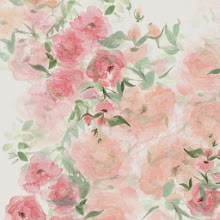This was an exhibition currently on at the Van Gough Museum when I visited. I really admired these books, they had a precious, delicate feel to them. I think this was mainly because of the sensitivity to materials including paper, which was Japanese handmade paper. I liked this paper because of its transparent and delicate looking qualities. I especially like how this was exploited in some of the books, For example because of its transparancy, the pages and designs underneath could partially be seen, which I think added to the interest of the book. The designs on the pages of the books were very beautiful and I liked the ones depicting nature, with simple subtle details.
Some of the books exhibited were of landscapes, famous places with illustrations of flowers, plants, animals, manners and customs, ceremonial events and erotic scenes. Also designs for Kinono fabrics were included, which I liked and like how it could be linked to modern fashion magazines.
Artists like Hokusai in Japan saw bookmaking as a way of publishing their art. Japanese artists have been highly involved in making book illustrations.
Thursday, 3 January 2008
Van Gough Museum, Amsterdam
I found my visit to the Van Gough museum very inspirational. Vincent Van Gough, a post Impressionist produced work during the time between 1880-90. I admired many of Van Gough's paintings, particularly the landscape paintings and paintings of flowers. I admired his use of expressive brush marks, which added depth and texture to the piece. In some pieces I liked how organic patterns were created from the marks. I thought it was amazing how he combined a variety of vivid colours into a range of different marks. Van Gough took his inspiration from french mainstream art and artists including Claude Monet, Paul Gauguin, Paul Signac and also Japanese woodblock prints.
His life story was also interesting, he had no formal educational knowledge of painting and taught himself with help from various drawing and painting classes. Therefore it was interesting to see how his painting progressed over time. His mental problems must have also had an effect on his work, and in the end Van Gough shot himself, but has been a great influence to many artists including Picasso.
His life story was also interesting, he had no formal educational knowledge of painting and taught himself with help from various drawing and painting classes. Therefore it was interesting to see how his painting progressed over time. His mental problems must have also had an effect on his work, and in the end Van Gough shot himself, but has been a great influence to many artists including Picasso.
Subscribe to:
Comments (Atom)
